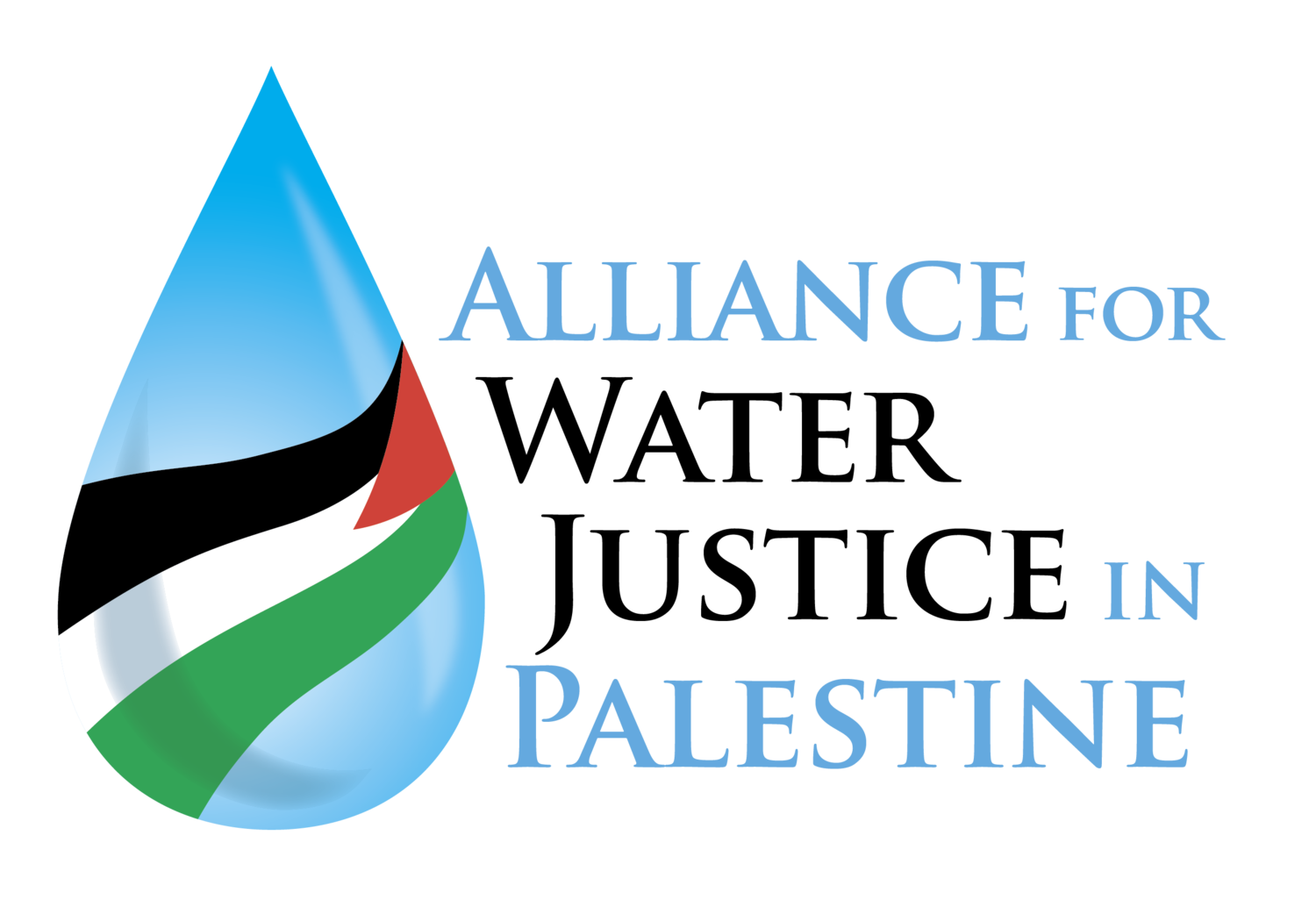Heavy Israeli bombardments from air, land and sea across Gaza, as well as ground operations and fighting and rocket fire from Palestinian armed groups to Israel continued for the second consecutive day. Between 1 December at 21:00 and 2 December at 15:30, at least 193 Palestinians have been killed and 652 injured, according to the Ministry of Health in Gaza (MoH); no Israeli fatalities have been reported in this context.
At least 160 of the Palestinian fatalities were reported in two incidents on 2 December. These involved the bombing and destruction of a six-storey building in Jabalia refugee camp, and of an entire block in Ash Sheja’iyeh neighbourhood of Gaza city. Operations to save hundreds of people reported to be under the rubble were still ongoing on 2 December in the afternoon hours. Prior to the bombings, Israeli forces dropped leaflets ordering the evacuation of these areas (see below).
Aid trucks carrying food, medicines, medical supplies, bottled water, blankets, tents and hygiene products entered from Egypt into Gaza on 2 December, and additional trucks carrying 138,000 litres of fuel.
Additionally, the Egyptian border was opened for the evacuation of 880 foreign nationals and dual citizens, as well as for 13 injured people and 10 of their companions. This follows a total halt in the movement of goods and people across the border on 1 December.
Since the resumption of hostilities on 1 December, only limited humanitarian operations have taken place within Gaza, primarily the provision of services in shelters and the distribution of flour in areas south of Wadi Gaza (hereafter: the south).
On 1 December, the Israeli military published online a detailed map, where the Gaza Strip is divided into hundreds of small areas. Reportedly, the map is intended to facilitate orders to evacuate specific areas ahead of their targeting. On 2 December, areas encompassing about 25 per cent of the Gaza Strip were designated for evacuation.
One of the areas designated for evacuation includes localities in the south, namely east of Khan Younis – Al Qarara, Khuza’a, Abasan and Bani Suheila – whose residents were ordered to move further south to Rafah. These areas encompass 19 per cent of the Gaza Strip (69 square kilometres) were home to about 352,000 people prior to the onset of hostilities. The Israeli military had given orders to evacuate this area in previous weeks. On 2 December, thousands of internally displaced persons (IDPs) arrived at Rafah governorate, increasing the strain on already overcrowded shelters.
Also on 2 December, the Israeli military against ordered the evacuation of the eastern parts of Gaza city (Ash Shuja’iyeh, Az Zaytoun and the Old City) and of Jabalia, both in the north, and instructed residents to move towards the western areas of Gaza city. The designated areas cover about six per cent of the Gaza Strip and, prior to the hostilities, were home to about 415,000 people, many of whom have already evacuated. The scale and scope of population movements following these orders remains unclear.
Under international humanitarian law, parties to a conflict must take all feasible precautions to avoid, and in any event to minimize, civilian harm. This can entail evacuating civilians or giving effective advance warning of attacks, which provides civilians enough time to leave, as well as a safe route and place to go. All possible measures must be adopted to ensure that those civilians displaced can afford satisfactory conditions of safety, shelter, nutrition, and hygiene and ensure that family members are not separated. Civilians choosing to stay in areas designated for evacuation do not lose their protection.
read the full report: Hostilities in the Gaza Strip and Israel | Flash Update #57
Sixteen-year-old Eman, injured in recent strikes, stands beside her father who accompanied her to receive medical care from UNRWA in Deir Al Balah. Photo by of UNRWA




